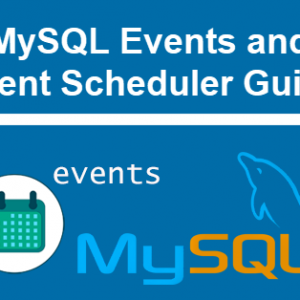
Introduction:
Database management systems (DBMS) are an essential part of modern-day software applications that require efficient and reliable data storage, querying, and retrieval. Two popular types of DBMS are SQL and NoSQL. In this blog, we will explore the key differences between SQL and NoSQL databases and the scenarios where one type may be more suitable than the other.
SQL Databases:
SQL databases are based on the relational model of data management. This means that the data is organized into tables with a fixed schema, where each table contains related data. The relationship between tables is defined using primary and foreign keys. SQL databases use Structured Query Language (SQL) to manage data and perform operations such as inserting, updating, querying, and deleting data.
Some popular SQL databases include MySQL, Oracle, PostgreSQL, and Microsoft SQL Server. SQL databases are a good fit for applications that require high data integrity, transactional support, and complex data relationships. They are widely used in finance, e-commerce, and other data-intensive applications.
NoSQL Databases:
NoSQL databases, on the other hand, are non-relational databases that do not have a fixed schema. They store data in a variety of formats such as key-value pairs, document-based, graph-based, or column-family based. NoSQL databases are designed to handle unstructured or semi-structured data and offer flexible schemas that allow data to be added without the need for pre-defined schemas.
Some popular NoSQL databases include MongoDB, Cassandra, Redis, and Couchbase. NoSQL databases are a good fit for applications that require high scalability, performance, and flexibility. They are widely used in social media, mobile apps, and IoT applications.
Differences between SQL and NoSQL Databases:
Here are some key differences between SQL and NoSQL databases:
- Data Structure: SQL databases have a predefined schema, whereas NoSQL databases have a dynamic schema. This means that NoSQL databases can handle a variety of data types without requiring a predefined schema.
- Scalability: NoSQL databases are designed to scale horizontally, meaning they can easily handle large amounts of data by adding more nodes to the database cluster. SQL databases, on the other hand, scale vertically, meaning that they require more powerful hardware to handle increased loads.
- Querying: SQL databases use SQL to query data, whereas NoSQL databases use their own query language. NoSQL databases offer more flexible querying options, which can be useful for complex data structures.
- ACID Compliance: SQL databases are ACID compliant, meaning that they guarantee consistency, isolation, and durability of data. NoSQL databases, however, are not always ACID compliant, and may sacrifice some of these guarantees for scalability or performance reasons.
Which one to use?
Choosing between SQL and NoSQL databases depends on the specific needs of the application, the type of data being stored, and the anticipated scalability requirements. If the application requires high data integrity, transactional support, and complex data relationships, then SQL databases may be the better option. If the application requires high scalability, performance, and flexibility, then NoSQL databases may be the better option.
Conclusion:
SQL and NoSQL databases are two different types of DBMS, each with its own set of strengths and weaknesses. SQL databases are based on the relational model and are a good fit for applications that require high data integrity and complex data relationships. NoSQL databases are non-relational and offer high scalability, performance, and flexibility, making them a good fit for applications that require these features. The choice between SQL and NoSQL databases ultimately depends on the specific needs of the application.
